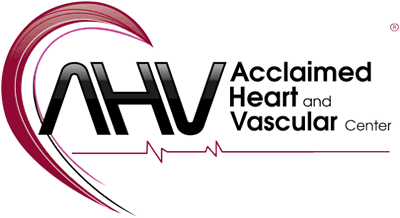Causes
Stable angina occurs when the heart doesn’t get the oxygen it needs to function properly. Your heart works harder when you exercise or experience emotional stress.
Certain factors, such as narrowing of the arteries, can prevent your heart from receiving more oxygen. Your arteries can become narrow and hard when plaque builds up inside the artery walls. Blood clots can also block your arteries and reduce the flow of oxygen-rich blood to the heart.

Acclaimed Heart and Vascular Center
We deliver excellent care with compassion after discussing your health and treatment plan with simplicity.
Risk factors
• Overweight/obesity
• History of heart disease
• High cholesterol
• High blood pressure
• Diabetes
• Smoking
• Lack of exercise
Symptoms
The painful sensation that occurs during an episode of stable angina is often described as pressure or fullness in the center of the chest. This pain may spread from your chest to your neck, arms, and shoulders.
During an episode of stable angina, you may also experience:
• shortness of breath
• nausea
• fatigue
• dizziness
• profuse sweating
• anxiety
If you experience any of the above symptoms, please contact Dr. Shahzad or call 911 immediately!
DISCLAIMER: THIS WEBSITE DOES NOT PROVIDE MEDICAL ADVICE
The information, including but not limited to, text, graphics, images and other material contained on this website are for informational purposes only. The purpose of this website is to promote broad consumer understanding and knowledge of various health topics. It is not intended to be a substitute for professional medical advice, diagnosis or treatment. Always seek the advice of your physician or other qualified health care provider with any questions you may have regarding a medical condition or treatment and before undertaking a new health care regimen, and never disregard professional medical advice or delay in seeking it because of something you have read on this website.

